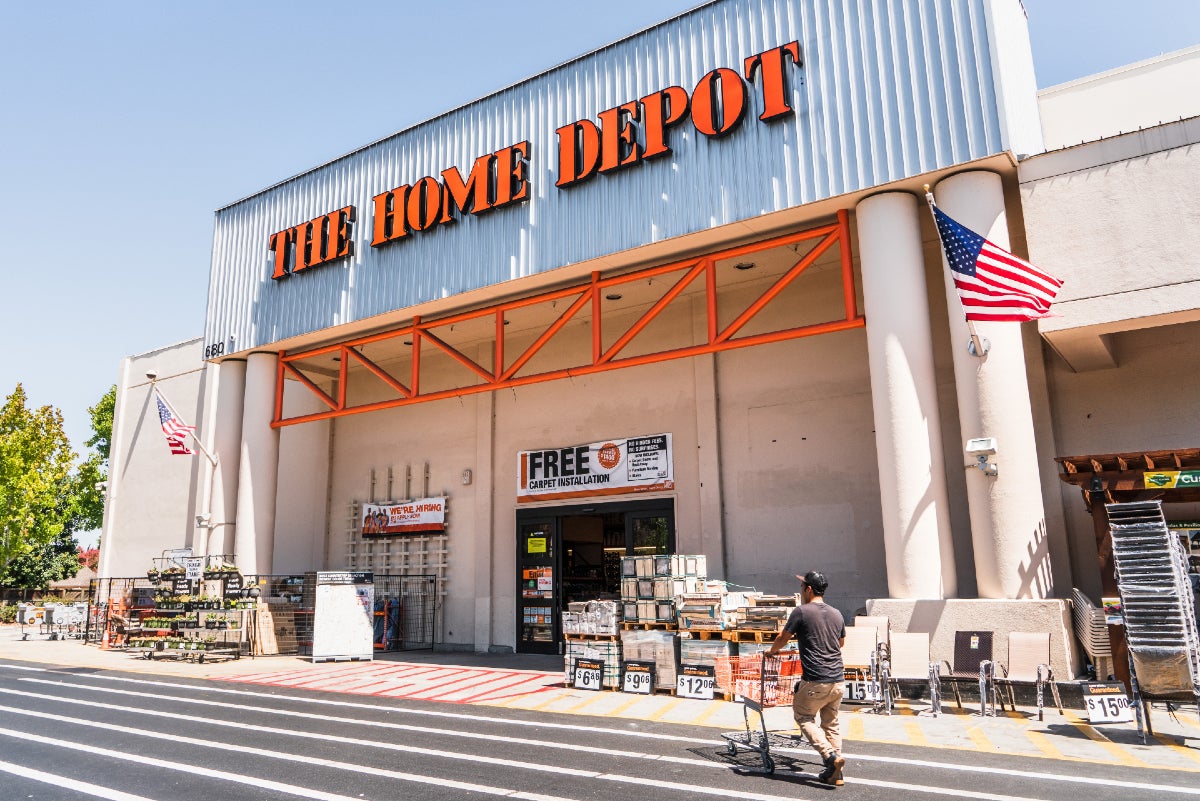To anyone worried about the boom in the home furnishings and remodeling market suddenly abating as Americans venture out of their homes again, we have one word: Relax.
In financial results posted this week by some of the biggest retailers in America—giant general merchants like Walmart and Target, as well as the two big home improvement chains, Home Depot and Lowe’s—the news for the summer and early fall months couldn’t have been much better. Across the board, these retailers posted strong gains on both their top and bottom lines, along with a number of other key retail matrices. In most cases, they blew away financial analyst forecasts. What’s more, they almost uniformly upped their own forecasts for the immediate future, indicating they foresee no meaningful letup in retail sales of home merchandise.
Earlier this year, when two key home retailers did show slowdowns in their businesses—first Bed Bath & Beyond, then more recently Wayfair—many in the trade thought they were a leading edge. People presumed this was the inevitable end of the explosion in business caused by Americans hunkered down and redirecting their income toward their homes. Turns out, at least so far, those two retailers’ problems had more to do with their business models than the overall sector. Wayfair’s dependence on e-commerce and Bed Bath’s ongoing transition to a new merchandising format appeared to be exceptions rather than the rule for the home business right now.
Nowhere was that more apparent than in the outstanding third-quarter financial results of the two big national DIY chains. Home Depot, the larger of the two, reported overall net sales up nearly 10 percent, to $36.8 billion, which beat analyst estimates of $35 billion. Net earnings were even more impressive, up 20.3 percent to $4.1 billion, or $3.92 per share. Same-store sales rose 6.1 percent, again blowing away Wall Street estimates of 1.4 percent. Indeed, the only miss was on the retailer’s total transactions, which fell 5.5 percent, indicating fewer home projects in process compared to a year ago, during peak stay-at-home conditions. Still, a nearly 13 percent increase in the average ticket more than compensated for that falloff.
Lowe’s performance was even stronger in some areas. Sales for the period were up 18 percent, and earnings jumped 38 percent. Only its same-store sales, up 2.2 percent, failed to best Depot. However, as with its competitor, all of its numbers beat analyst forecasts.
Both home improvement chains credited their professional builder and contractor trade as key drivers for the period, though each also said its DIY business had held steady. Lowe’s specifically cited home decorating as a factor in its performance.
When it came to Walmart and Target, the numbers were nearly as strong, indicating consumer spending across the merchandising spectrum, not just home. Walmart, the biggest retailer in the world, reported that its total revenue grew by about 4 percent for the quarter, although its net income did fall even as it beat analyst estimates. (It’s worth noting that Walmart gets more than half its U.S. revenue from grocery.) Target did even better, with total revenue up 13 percent and earnings that jumped nearly 50 percent. The company beat forecasts on both the top and bottom lines, with its comp store sales up 12.7 percent for the period.
Both the aforementioned discount big-boxers forecast good holiday shopping seasons even as the economy remains wracked by supply chain, inflationary and workforce issues. Indeed, while home improvement players Home Depot and Lowe’s both had modest gains in their stock prices, Wall Street seemed to be more worried about Walmart and Target, driving those share prices down immediately after their financial results were announced mid-week.
Wall Street followers will tell you stock prices often have a lot more to do with expectations and anticipations than actual company performance. So, both companies remain quite optimistic about business even if their margins might be somewhat tighter. Doug McMillon, president and CEO of Walmart, said the retailer was standing its ground when it came to raising prices. “We save people money and help them live a better life. Those are the words that came out of (Walmart founder) Sam Walton’s mouth. He loved to fight inflation. So do we.”
Clearly, the big national chains are playing the long game. But based on these performances, the short game is looking pretty good.
Homepage image: Home Depot | ©Sundry Photography/Adobe Stock




























